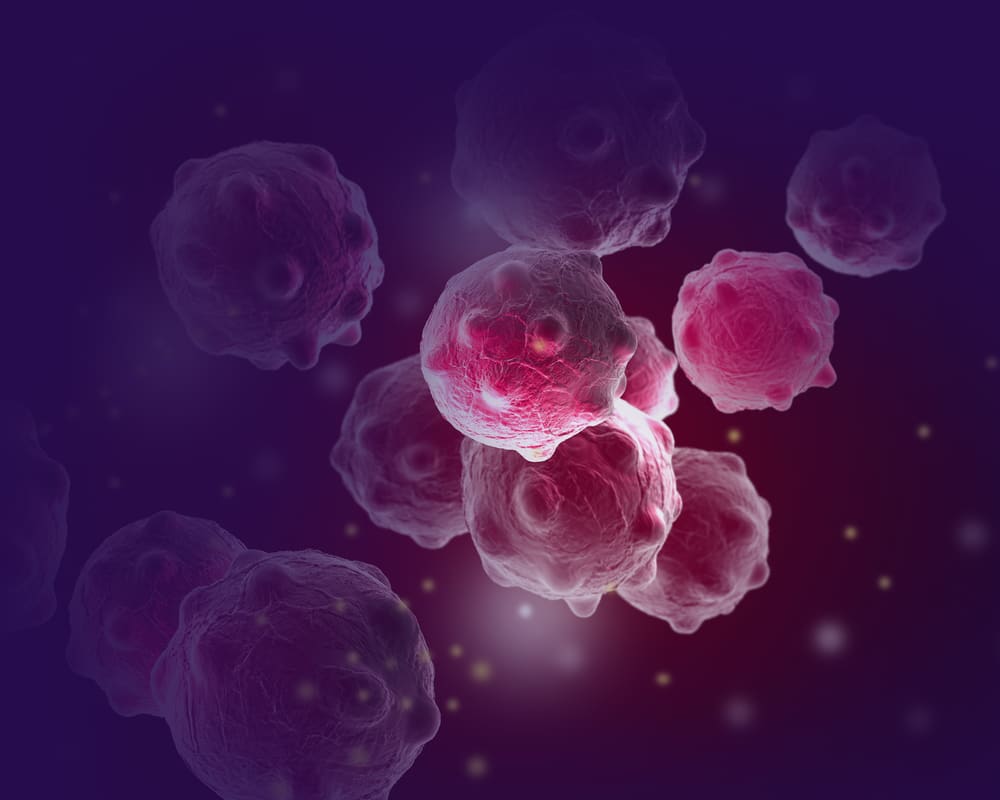Newsletter Signup - Under Article / In Page
"*" indicates required fields
A previously unknown mechanism that can control tumor growth in cultured cells and mice has been identified by researchers at the University of Gothenburg, Sweden.
This discovery may potentially enable future development of new drugs against a range of cancer diseases.
In a research article published in the journal Nature Communications, the Gothenburg scientists described their discovery. It concerns a protein that binds genetic material and, as the researchers show, it also controls properties that regulate tumor development.
Forms of cancer
The protein — known as HnRNPK — binds to messenger-RNA (mRNA), which the two genes IER3 and IER3-AS1 code for. These genes are highly active in several forms of cancer. By binding to the mRNA of these genes, the HnRNPK prevents double-strand RNA forming between them and keeps them separate.
Chandrasekhar Kanduri is professor of medical genetics at Sahlgrenska Academy, University of Gothenburg and is one of the research leaders behind the study.
He said: “Keeping these two genes’ RNA separate promotes growth of tumors that depend on growth factors. Without the HnRNPK protein, the properties that promote tumor growth are neutralized, paving the way for development of drugs that block the HnRNPK.”
The study also shows that, similarly, the HnRNPK protein binds to the mRNA of several other genes, preventing the formation of double-strand RNA.
The discovery affords scope for indirectly influencing the FGF-2 growth factor, which is well known to be key both to the process whereby stem cells mature into various cell types and to early embryonic development.
Fewer side effects
Meena Kanduri, associate professor (docent) of molecular medicine at Sahlgrenska Academy, is the corresponding author of the article.
She said: “Given the crucial role of FGF-2 in normal human development, using drugs that target the growth factor directly would have too many side effects.
“The mechanism we’ve now identified is part of the same signaling chain, but further downstream. So, the mechanism has the potential to become a more attractive cancer treatment option, with fewer side effects.”
More research is needed to verify the transferability of the finding from cell culture and mouse studies to humans. In the next stage, the group plans to conduct extended studies to examine in more detail how the pair of genes regulated by FGF-2 govern the growth environment of tumors.
Oncology R&D trends and breakthrough innovations







